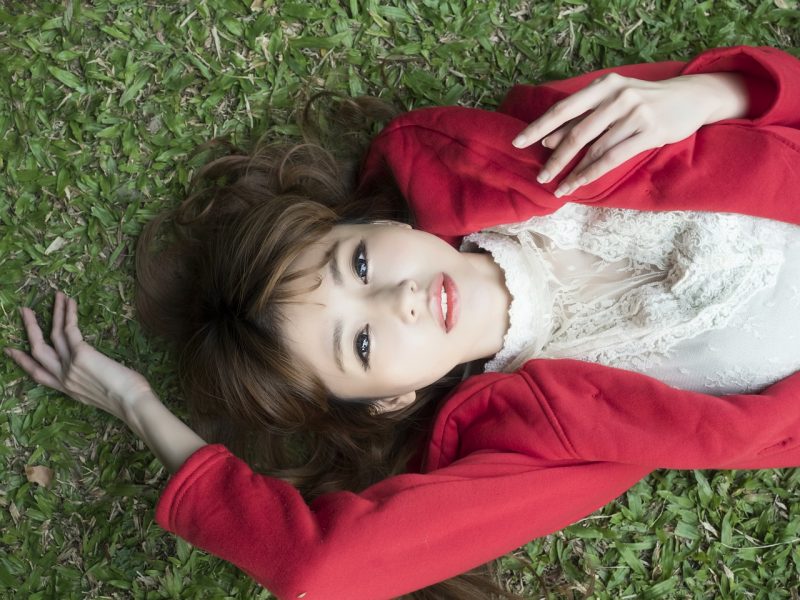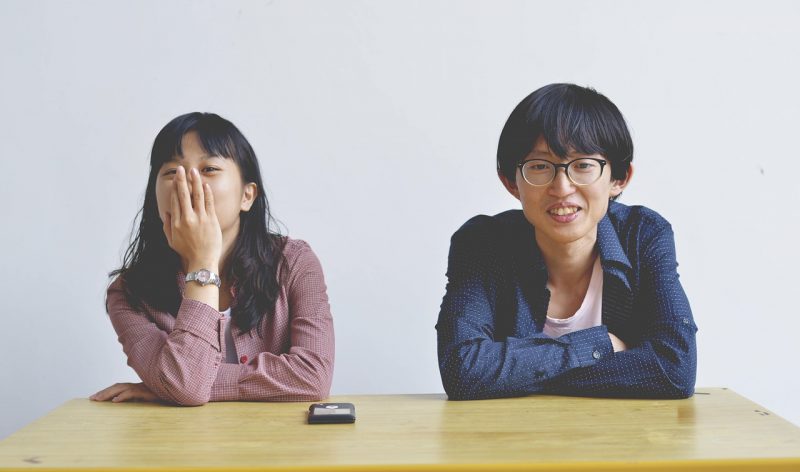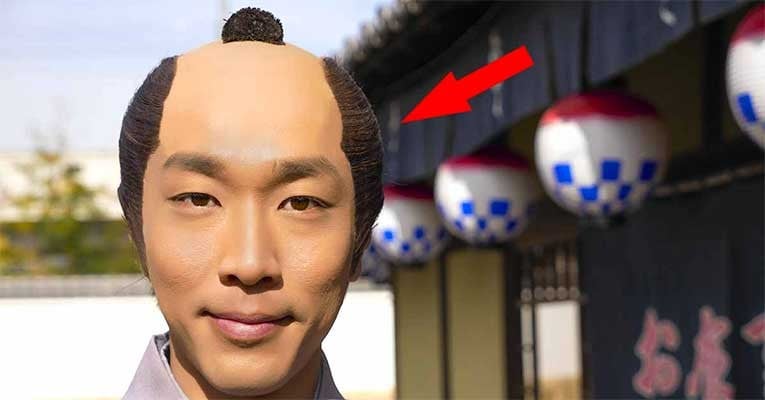Have you ever wondered why Japanese women's hair is straight and thick?
The texture and thickness of hair vary around the world, and these differences are not merely aesthetic: they have an evolutionary and scientific basis that reveals how our ancestors adapted to the environment. In the case of Japanese hair, its striking characteristic of being straight and thick is deeply related to biology and climate.
In this article, we will explore the reasons behind these peculiarities, analyzing historical, evolutionary, and scientific factors that explain why this characteristic is so common among Japanese and other Asian peoples.

Table of Content
The Influence of Climate on Hair Evolution
Humans evolved in different parts of the world, facing varied climates that shaped their physical characteristics over thousands of years. Hair, like skin, plays a fundamental role in regulating body temperature.
- Cold regions and straight hair: In cold climate areas, such as much of Asia, populations needed to retain body heat. Straight, thick hair proved ideal for creating an efficient insulating layer. These strands cover the scalp evenly, reducing heat loss.
- Hot regions and curly hair: In hot climate areas, such as Africa, curly and coily hair is more effective in dissipating heat. This structure allows for better ventilation of the scalp, helping to keep the body cool.
Darwin's Theory of Evolution reminds us that characteristics that aid in survival tend to be passed on to subsequent generations. Thus, the straight and thick hair of the Japanese is a clear example of evolutionary adaptation.

Structure and Composition of Japanese Hair
Asian hair, including Japanese hair, is notably different from other types of hair in its biological composition and physical structure:
- Thickness: Asian hair strands are thicker due to the higher density of cells in the hair fiber. This density increases the strand's strength and contributes to its thermal insulation capability.
- Distribution of keratin: In Asian hair, keratin is evenly distributed, making the strands smoother and firmer. This also gives the hair its shiny and healthy appearance.
- Uniform coverage of the scalp: Straight hair tends to cover the scalp more completely, minimizing direct exposure to the cold. In comparison, curly hair allows more ventilation, making it more suitable for hot climates.
These characteristics give Japanese hair its uniqueness, in addition to being an evolutionary mark of adaptation to the cold environment.

The Challenge of Baldness
Although Japanese hair is naturally thick, issues such as baldness affect populations of all ethnicities. Hair loss is associated with genetic, hormonal, and environmental factors. Even with scientific advancements, baldness remains a challenge for many people, both men and women.
- Genetic factors: Genetic predisposition plays a central role in baldness. Studies indicate that genes related to hormonal sensitivity are the main culprits.
- Emotional and cultural impacts: In some cultures, hair is seen as a symbol of youth and vitality, which makes baldness a significant issue for many people.
- Future hopes: Science continually advances in search of solutions for hair problems, including more effective and accessible treatments for baldness.
While evolution shapes us to adapt to the environment, issues like baldness remind us that not all human characteristics have simple answers.

Wrapping Up
Japanese hair, with its smooth texture and unique thickness, is a fascinating testament to the evolutionary process. It reveals how populations have adapted to cold climates, developing characteristics that aided in survival. At the same time, modern challenges, such as baldness, show that evolution is an ongoing process.
Understanding these particularities is not just a lesson in biology, but also a way to appreciate the diversity that makes humanity so rich. If you liked this article, share it with friends and explore more about the curiosities of the world on our page!
